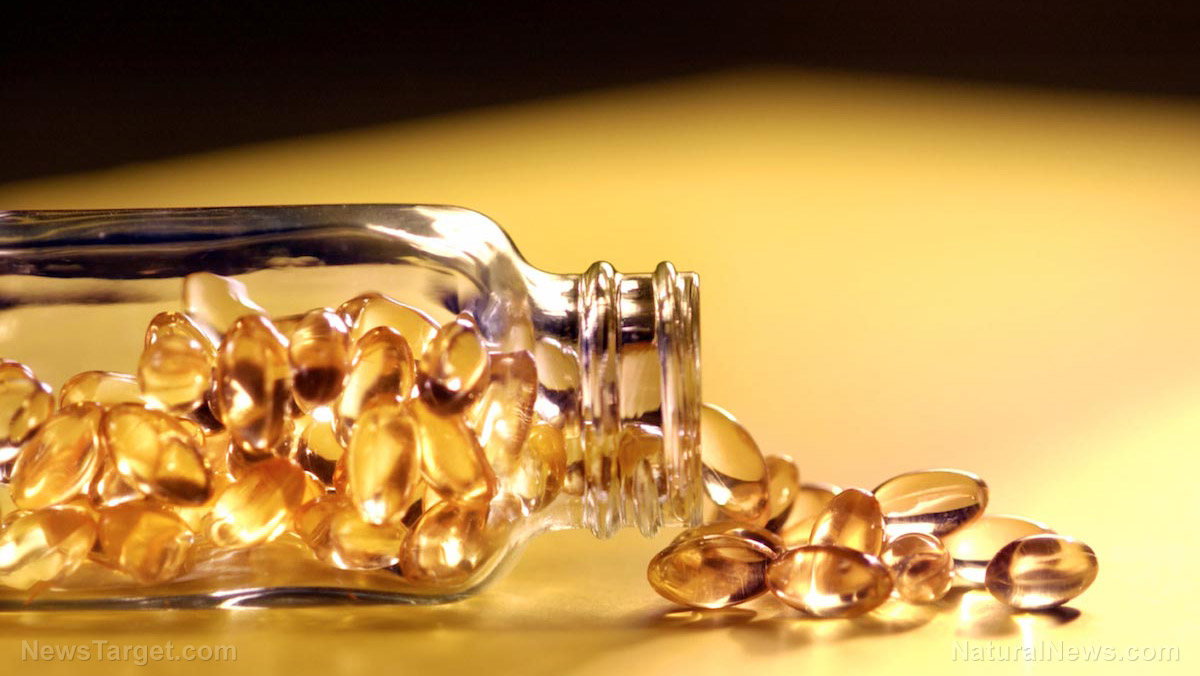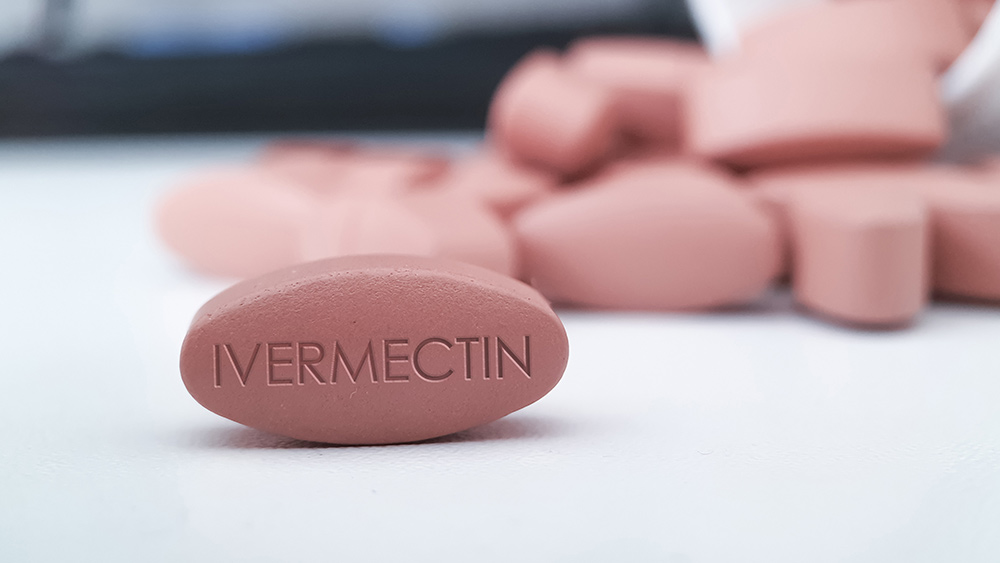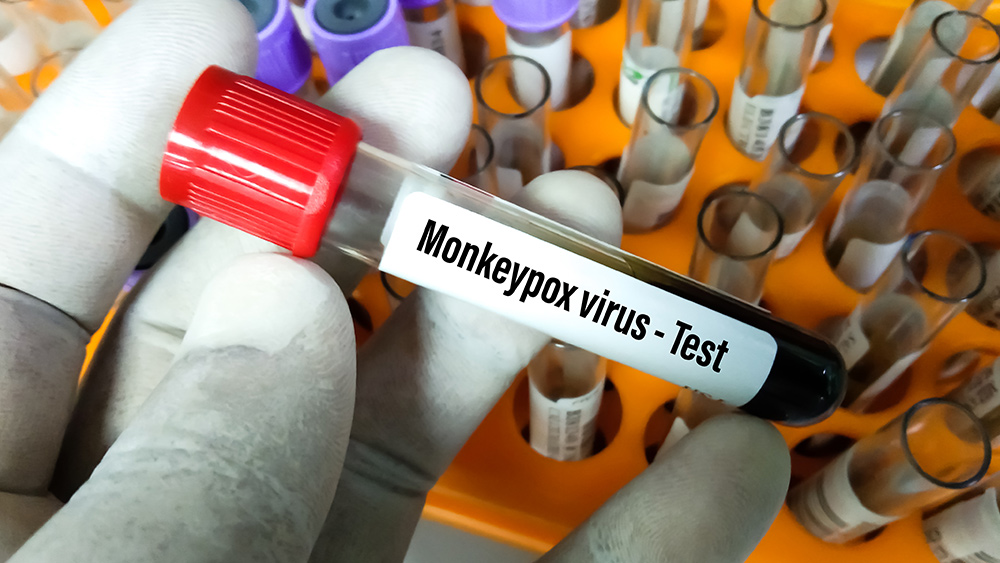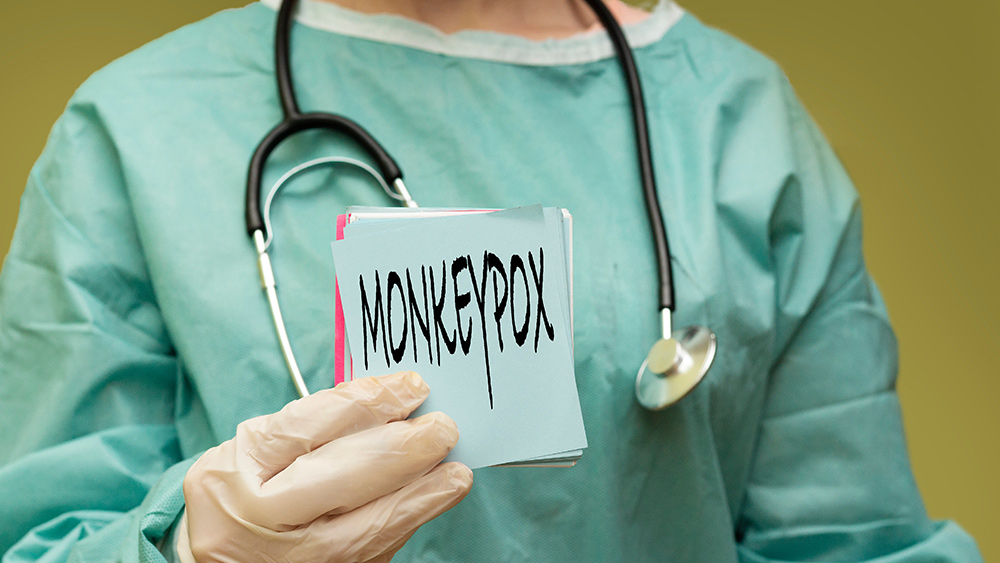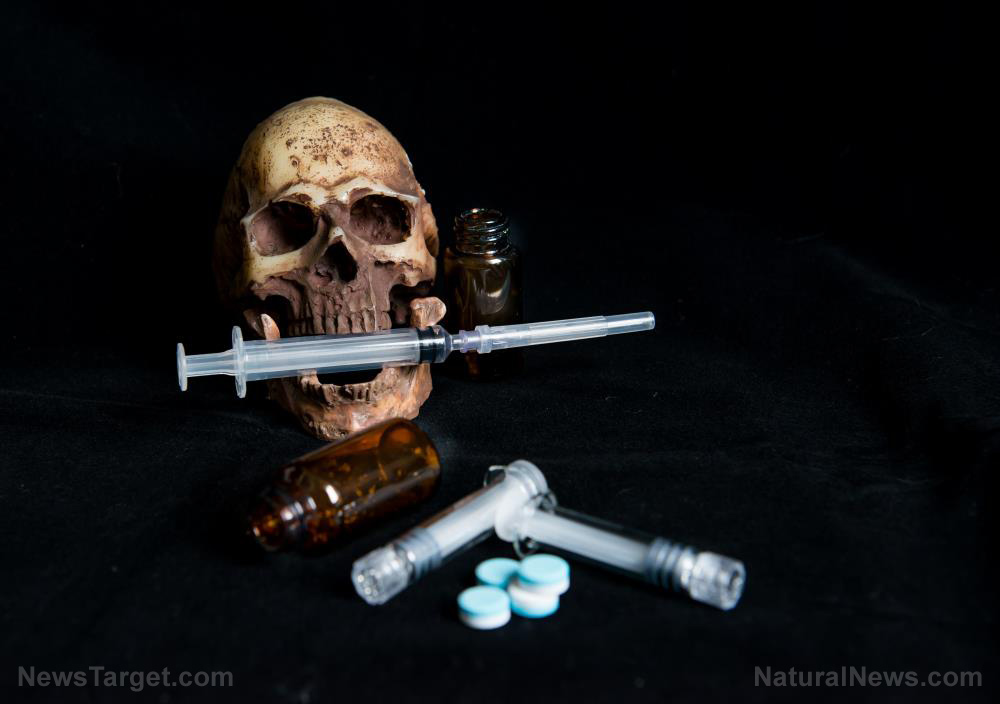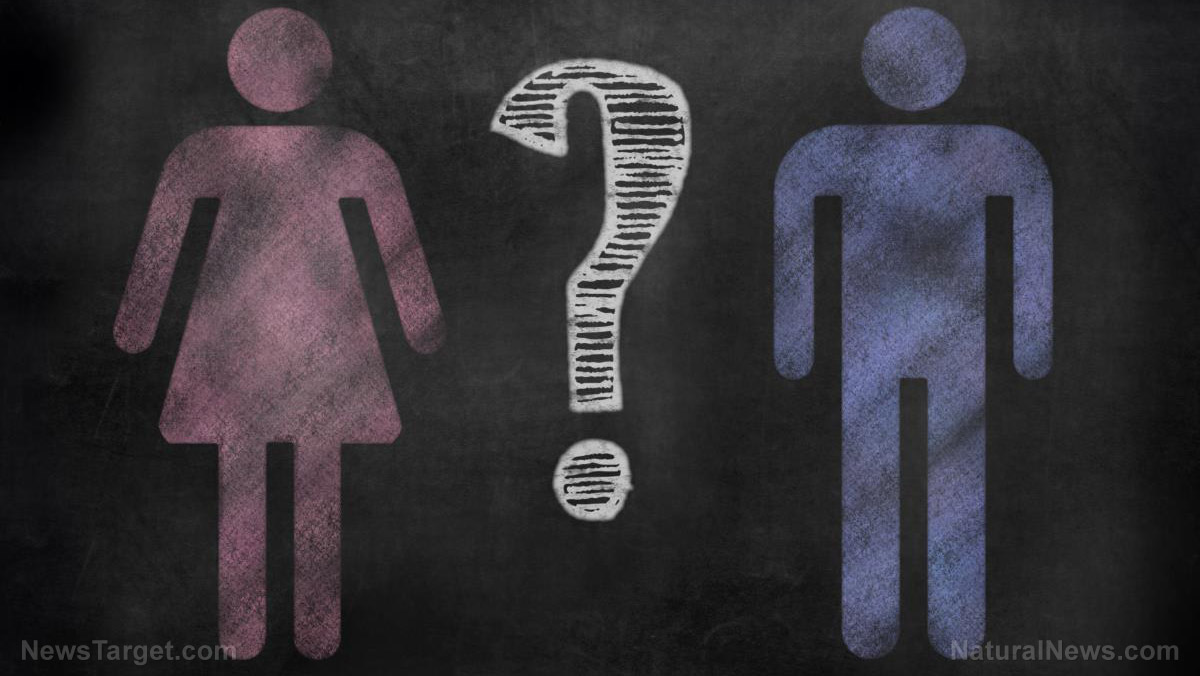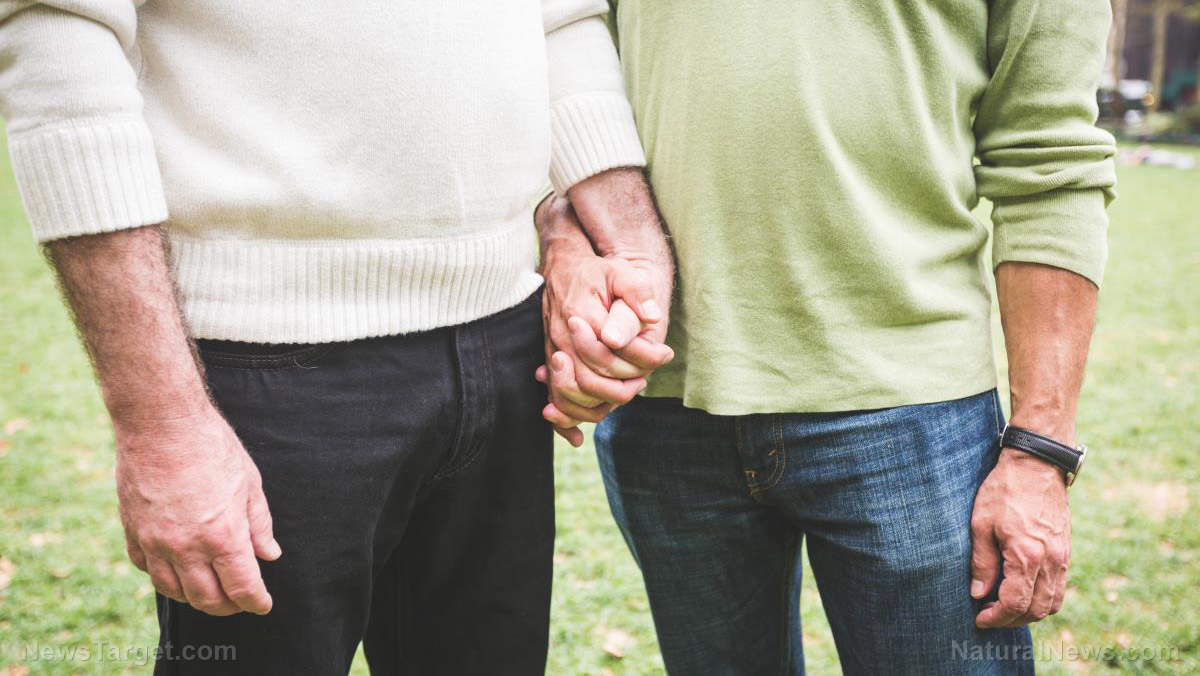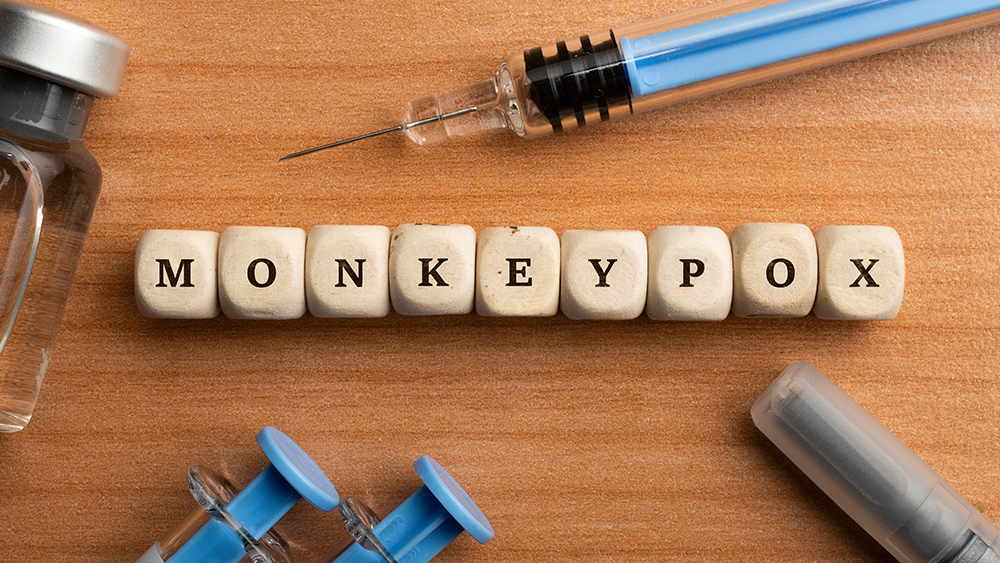Osteoporosis and men: Pharmaceuticals may increase the risk of bone fractures
10/08/2019 / By Edsel Cook

Osteoporosis affects one out of every five men. It is crucial to learn about the risk factors that make the disease likelier, as well as ways to prevent bone loss and potentially deadly fractures.
First, an osteoporosis-related bone fracture often results from a forgettable low-impact event. Even small movements may cause the bone to crack.
Such fractures are not automatically crippling. A man with a fractured hip may still manage to walk. The associated pain may also pass after four to six weeks.
Next, men may not realize that they have osteoporosis. Bone fractures cause dull pain and puzzling symptoms like labored breathing or swallowing.
A patient might think he only has an upset stomach. Ignoring the issue due to misdiagnosis is dangerous as experiencing a bone fracture makes a man four times more vulnerable to such injuries in the future.
Third, a healthy amount of body fat offers a measure of protection against osteoporosis. Fat cells in the buttocks turn testosterone into estrogen, which encourages osteoblasts to produce new bone. (Related: Eating sugar substantially increases your risk of osteoporosis.)
Taking pharmaceutical drugs and weightlifting may increase the risk of bone fractures
Fourth, avoid taking corticosteroids for inflammation, muscle injury, and pain. These pharmaceutical drugs may increase the risk of delayed bone fractures over long periods, even after a patient stops using them.
Fifth, digestive issues that hamper the absorption of calcium will contribute to the onset of osteoporosis. Patients with celiac disease, lactose intolerance, or reflux disease – especially those who take antacids – are more likely to experience bone fractures.

Placing sixth in the osteoporosis watch list is GnRH inhibitors, pharmaceutical drugs prescribed for prostate cancer. These drugs throttle back the production of testosterone.
GnRH inhibitors also diminish the minuscule amounts of estrogen naturally produced by a man’s body. This slows down the growth of bones while also speeding up the cycle that breaks down bone material, leading to bone loss.
The seventh matter is resistance exercises. Depending on the situation, pumping iron may help or harm men at risk for osteoporosis.
Resistance exercise benefits healthy men. Bones remodel themselves nonstop to better deal with structural stress. Weightlifting reasonable amounts and similar forms of exercise promote this natural process.
However, patients with osteoporosis must avoid resistance exercises. Lifting weights may cause weakened bones to fracture as badly as broken bones.
Weight-bearing exercises and healthy lifestyle choices
There is one kind of weight that almost any man may lift safely: His body weight.
Weight-bearing exercises take advantage of gravity. They force the muscles to work out and get stronger without needing to lift weights.
Men with osteoporosis may try brisk walking, stair climbing, dancing, low-impact aerobics, and tennis. Trimming hedges, pushing lawnmowers, and other yard work can also help train muscles.
With the right exercise equipment, men may also take up bicycling, elliptical training machines, and stair-step machines. At the gym, avoid free weights or weight lifting machines – use elastic bands instead.
The ninth item is hypogonadism. This condition prevents the various parts of the male sexual organ from proper growth and development, which reduces activity levels.
Men with hypogonadism fail to produce enough testosterone. There isn’t enough of the male hormone to produce the estrogen required for healthy bones in men.
Fortunately, there are many natural ways to increase testosterone levels. These include sufficient sleep, a balanced diet, losing weight, increased physical activity, and avoiding stress.
That brings us to the last item, which is lifestyle choices. Avoid unhealthy lifestyle choices like excessive drinking, smoking, physical inactivity, and staying indoors for long periods. Instead, eat a healthy diet, get active and spend as much time outside as possible.
Read up on more interesting facts about bones and tips on maintaining bone health at Health.news.
Sources include:
Submit a correction >>
Tagged Under:
age-related bone loss, aging, aging secrets, alcohol addiction, bone fractures, bone health, bone loss, celiac disease, corticosteroids, dangerous drugs, digestion, digestive health, exercise, fitness, GnRH inhibitors, healthy lifestyle, hypogonadism, men's health, osteoporosis, pharmaceuticals, prevention, Prostate cancer, resistance exercise, slender, stop smoking, weightlifting
This article may contain statements that reflect the opinion of the author



